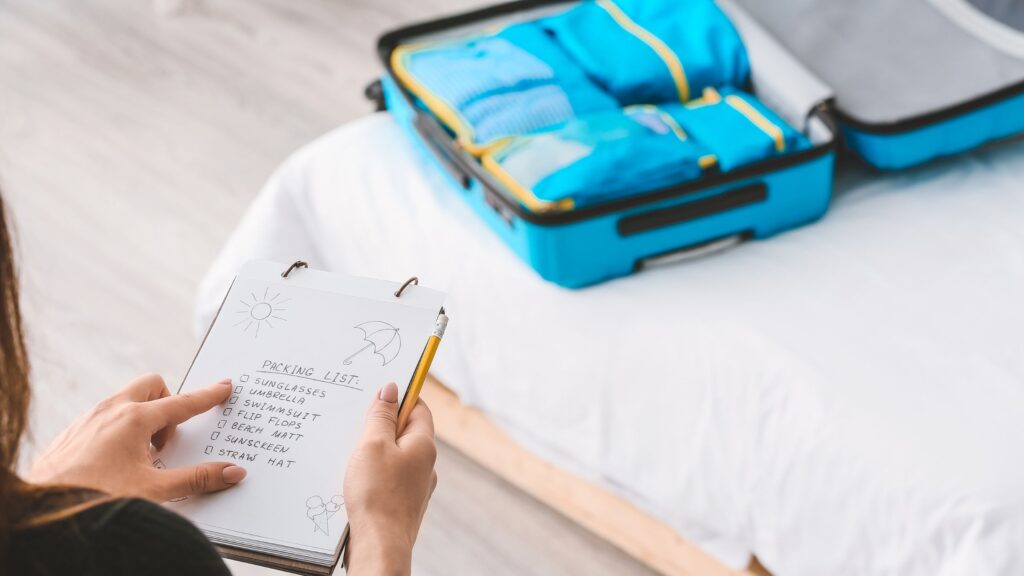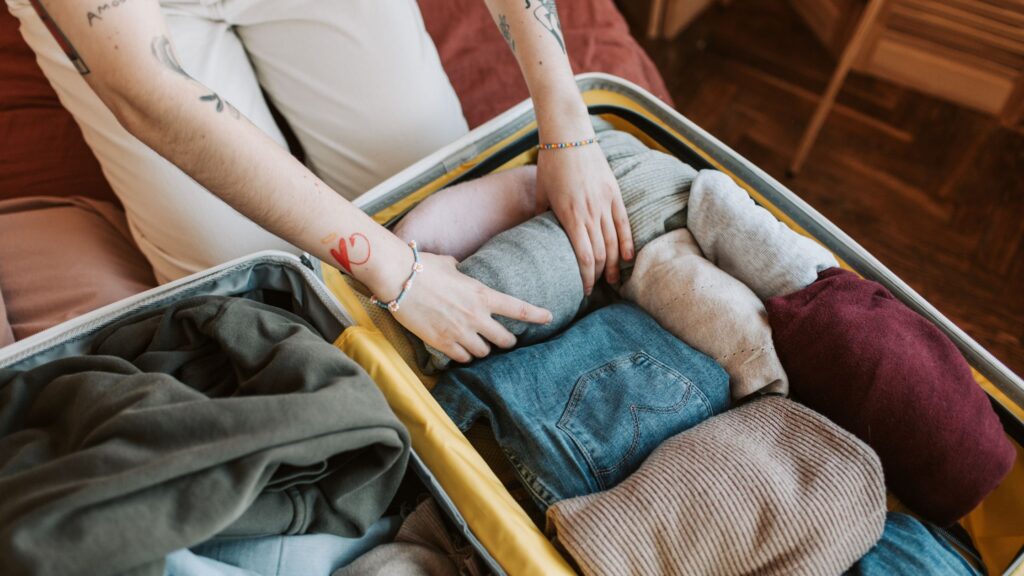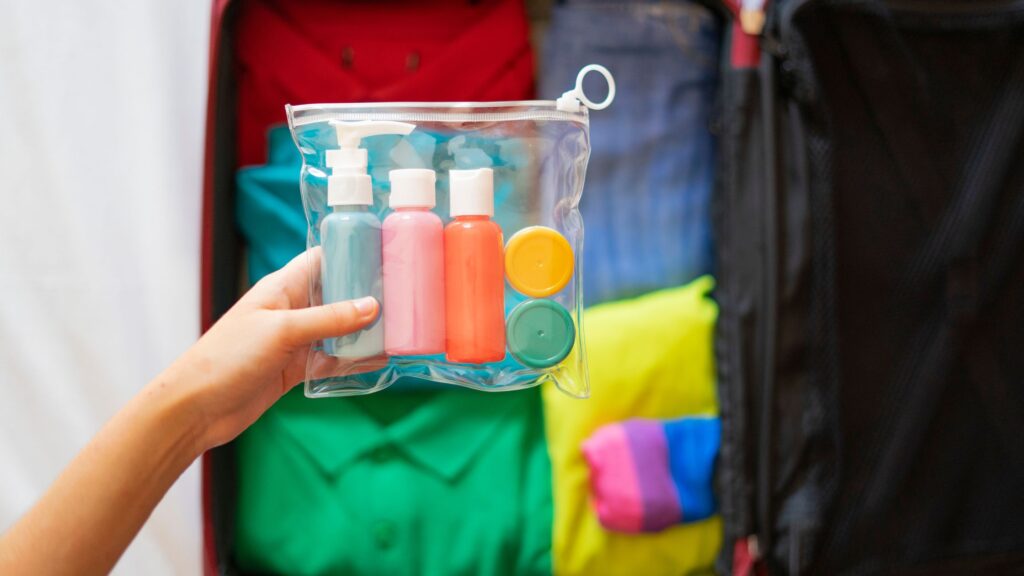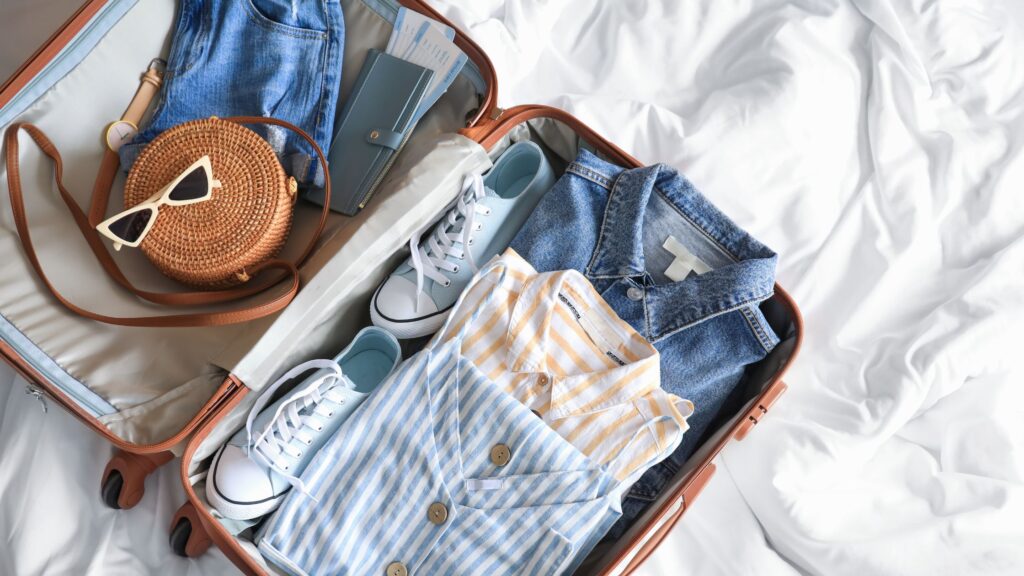Smart Packing Tips to Maximize Space in Your Travel Bag

Packing a travel bag can feel like a game of Tetris—one where the stakes are high and the space is limited. Overpacking leads to unnecessary weight, clutter, and stress, while underpacking can leave you scrambling for essentials at your destination.
The good news? With a few smart strategies, you can make the most of every inch of your luggage. This article offers practical tips to help you pack efficiently, stay organized, and avoid common space-wasting mistakes—so you can travel lighter and smarter, no matter where you’re headed.
Start with the Essentials: Pack Only What You Need
Packing light starts before you even unzip your bag. The key is making intentional choices early—prioritize what you’ll actually use and leave behind the extras that only add weight. A few practical guidelines can help you focus and pack with purpose.
Create a Realistic Packing List

Making a list helps you visualize your trip needs and avoid overpacking. It also keeps you accountable when last-minute urges hit.
- Avoid overestimating what you’ll wear—most travelers use far less than they pack.
- Match items to your itinerary, not to hypothetical scenarios.
Once the list is done, stick to it. If something’s not on it, it probably isn’t essential. If you’re looking for a travel system to help stay organized from the get-go, this guide to bags and organizers offers smart brand picks that make packing simpler.
Stick to Multipurpose Clothing
Clothing that serves more than one purpose is your best space-saver. Think of items that blend comfort, style, and versatility.
A neutral blouse can be dressed up with accessories for dinner or worn casually during the day. Lightweight pants can go from a walking tour to a flight with ease. Choose fabrics that resist wrinkles and coordinate well with each other to stretch your outfit options.
For bags that match every outfit and transition from casual strolls to dinner plans, browse our versatile travel bags roundup.
Use the “3-2-1” Rule
This simple packing formula works well for trips up to a week:
- 3 tops that mix and match
- 2 bottoms that pair with everything
- 1 extra layer, like a jacket or sweater
It’s flexible, easy to remember, and helps keep your luggage light without sacrificing options.
Master the Art of Bag Layering and Layout
Once you’ve narrowed down what to pack, the next step is how to pack it. Strategic placement helps maximize space, minimize shifting, and make items easier to find during your trip. The goal is to create structure inside your bag—so everything has a place and stays put.
Roll Instead of Fold

Rolling clothes is one of the simplest ways to save space and reduce wrinkles. It works best with softer fabrics and everyday essentials.
- T-shirts and tanks stay compact and stack neatly.
- Pants and leggings roll easily without bulk.
- Sleepwear and base layers tuck into corners and fill gaps.
Rolling also makes it easier to spot specific items without pulling everything apart.
Use the Bundle Method for Bulky Items
Heavier pieces like sweaters and jackets take up more room. Wrapping them around a central core—such as a pouch or cube—helps reduce gaps and distributes weight more evenly. It’s especially useful when you want to pack fewer cubes or avoid overstuffing.
Layer by Frequency of Use
Think in layers when arranging your bag, organizing your items based on how often you’ll need them. Place things you won’t touch until later in the trip, like backup outfits or specialty items, at the bottom. Pack mid-trip clothing or less urgent items in the middle. Keep daily essentials—like toiletries, chargers, and your first outfit—at the top where they’re easy to grab. This approach saves time and avoids the hassle of digging through everything just to find a single item.
Use Packing Tools to Your Advantage
Packing tools aren’t just for frequent flyers—they’re game-changers for anyone trying to keep luggage organized and space-efficient. The right accessories can turn a messy suitcase into a system that’s easy to pack, unpack, and live out of while on the move. For ideas on gear that does double duty and looks great while doing it, don’t miss our guide to versatile bags for every journey.
Choose the Right Packing Cubes
Packing cubes offer both structure and flexibility. They make it easier to divide clothing into logical sections and eliminate dead space in your bag.
- Separate clothes by type or outfit: Keep tops in one cube, bottoms in another, or group entire outfits together to make daily dressing effortless.
- Compress to remove excess air: Most cubes zip tightly to push out extra space, especially helpful for soft clothing like t-shirts and sleepwear.
Cubes also make unpacking simple—just transfer them from your suitcase to a drawer without rearranging a thing.
Consider Compression Bags
When traveling with thicker clothing, compression bags come in handy. They reduce bulk by squeezing out air, creating more space in your bag. These are especially useful for longer trips or winter gear. Just keep in mind that you’ll need to repack them carefully for the return trip, so they’re best for things you won’t need until later.
Use Pouches for Accessories and Toiletries
Small zippered pouches keep your smaller items from turning into clutter. Use one for cables and chargers, another for makeup or personal care, and a separate one for documents or medications. Not only do they prevent items from shifting during travel, but they also make it easier to find what you need quickly.
Optimize for Airport and In-Transit Efficiency
Packing smart isn’t just about maximizing space—it’s also about making your travel day smoother. When your essentials are accessible and your bag is thoughtfully organized, moving through airports and settling in becomes far less stressful. Check out these expert-approved bags and gear designed to streamline security checks and keep essentials within reach.
Keep Liquids and Tech Easily Accessible

Airport security checks can quickly become frustrating if you’re digging for your laptop or toiletry bag. Placing these items at the top of your suitcase or in an outer compartment helps speed up screening and avoids unnecessary delays.
- Liquids: Store in a clear, TSA-compliant pouch within reach.
- Electronics: Place laptops and chargers near the top of your bag.
- Travel documents: Keep your passport and boarding pass in a designated sleeve or pouch for quick access.
This setup makes checkpoints quicker and helps you stay organized when time is tight.
Wear Your Bulkiest Items
Heavy coats, boots, or thick layers take up valuable suitcase space. Instead of packing them, wear these items while in transit. It saves room and keeps your bag within airline weight limits. Once onboard, you can remove and stow them easily if needed.
Use the Personal Item Smartly
Your personal item—like a backpack or tote—offers prime real estate for must-have items. Use it to carry valuables, noise-canceling headphones, a reusable water bottle, and anything you’ll want during the flight. Keeping this bag well-organized can make a long journey much more comfortable.
Pack According to Your Destination and Trip Type
Not all trips require the same packing approach. A weekend city break looks very different from a two-week hiking adventure. Tailoring your choices to your destination, climate, and itinerary helps you avoid overpacking for situations that won’t happen.
Consider the Weather Forecast

Checking the forecast before you pack can save you from bringing unnecessary layers or forgetting essential ones.
- Warm destinations: Stick to breathable fabrics and limit bulk.
- Cold climates: Plan for layers and prioritize warmth over outfit variety.
- Unpredictable weather: Bring one versatile outer layer rather than multiple jackets.
Let the conditions guide your selections, and avoid packing for extremes unless they’re guaranteed.
Account for Laundry Access
Having access to laundry during your trip lets you pack fewer clothes without sacrificing comfort. If your hotel or rental has a washer, or if there’s a laundromat nearby, plan to wash halfway through. This can effectively cut your clothing list in half.
Bring a small laundry pouch to keep worn items separate, and consider a travel-size detergent for quick sink washes. Even simple rinses of basics like socks or t-shirts can help stretch your wardrobe and save space.
Leave Room for Souvenirs or Purchases
Most trips end with something extra—gifts, snacks, or personal finds. Packing with a little extra room keeps you prepared.
Consider bags with expandable compartments or toss in a foldable tote that stays flat until needed. Planning just a bit of space ahead of time avoids last-minute luggage stress when it’s time to head home.
Conclusion
Packing efficiently is about more than saving space—it’s about traveling with less stress and more intention. By focusing on what you truly need, using layout strategies that maximize every inch, and selecting the right tools to stay organized, your travel bag becomes an asset, not a burden.
Whether you’re heading out for a weekend or planning an extended trip, a well-packed bag helps you stay mobile, adaptable, and ready for anything. The more thought you put into your packing routine, the less time you’ll spend digging through clothes—and the more time you’ll have to enjoy the journey.



